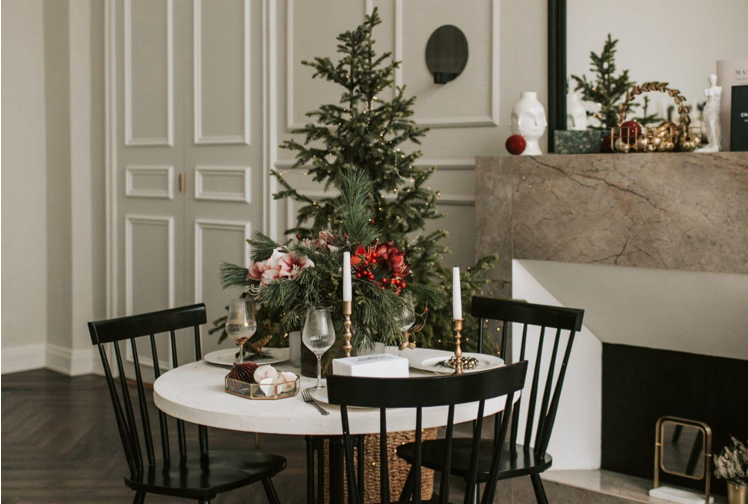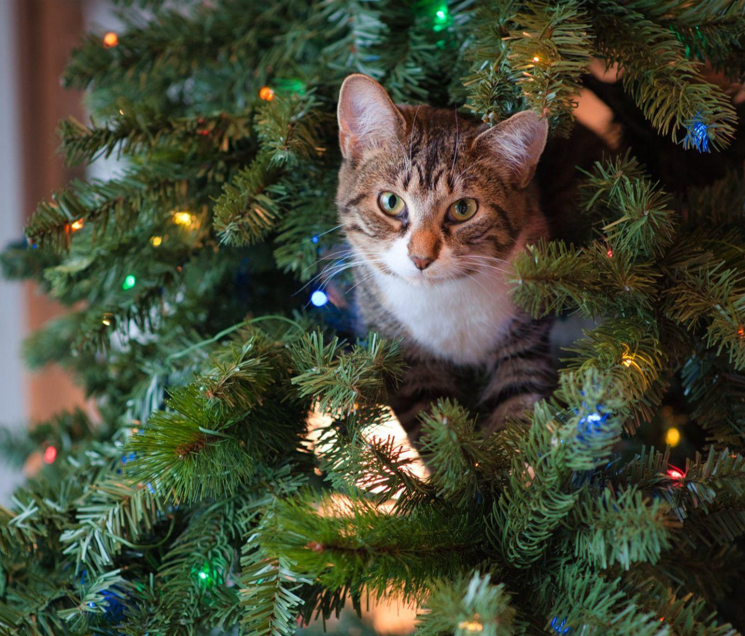
The Origins of Artificial Christmas Trees: A Brief History
As the Christmas season approaches, households everywhere are beginning to prepare for the festive period. Among the many traditions that are commonplace during this time of year is the setting up of a beautifully decorated Christmas tree, often adorned with tinsel, lights, and a variety of ornaments.
While many families opt to purchase a live tree to adorn their living rooms, artificial trees have become increasingly popular over the past few decades. While early artificial Christmas trees were often made from materials such as feathers or goose quills, today’s artificial trees are typically crafted from PVC and other plastics.
However, while most modern artificial trees come pre-lit with strings of sparkling lights, there is a growing trend towards unlit artificial trees. These trees provide a blank canvas for families to decorate in their own unique style, and have become a popular choice in recent years.
The history of unlit artificial trees can be traced back to the late 19th century, when German manufacturers began producing artificial trees made from goose feathers. These trees were typically unpainted and unlit, and were often decorated with candles and other ornaments.
Unlit Artificial Christmas Trees: A Sustainable and Practical Alternative to Real Trees
While the use of goose feathers fell out of fashion in the early 20th century, artificial trees made from papier-mache, wood, and other materials continued to gain popularity. These trees were often unlit, and were frequently decorated with homemade ornaments crafted from materials such as paper and popcorn.
In the 1930s, artificial trees began to be made from aluminum, and these trees quickly became a popular choice due to their affordability and durability. While early aluminum trees were typically unlit, they were often placed in front of a spinning color wheel that projected vibrant colors onto the tree, creating a magical display.
As the years went on, artificial trees became more and more realistic looking, with PVC and other plastics becoming the material of choice. But despite the advent of pre-lit trees, a growing number of families began to return to the simplicity of unlit trees.
Today, unlit artificial trees come in a wide variety of styles and sizes, ranging from small tabletop trees to towering, full-sized models that can reach well over ten feet in height. These trees often come with detachable branches that can be easily assembled and disassembled, making setup and storage quick and easy.
One of the biggest advantages of unlit trees is the customization they allow. With a blank canvas to work with, families can create their own unique look, whether that means adorning the tree with homemade ornaments or opting for a sleek and minimalist design.
While many people may consider pre-lit trees to be the norm, the growing popularity of unlit trees is a testament to the enduring appeal of the Christmas tree as a symbol of the holiday season. Whether adorned with lights or left unlit, the Christmas tree remains a cherished tradition that symbolizes the warmth and joy of the holiday season.


